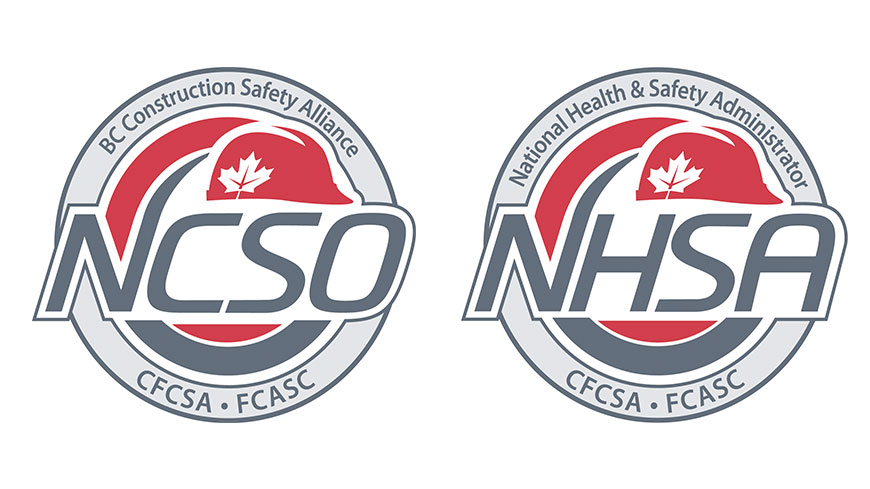Want to drive a car in the province of British Columbia? A Class 1 commercial driver’s license allows you to drive both a semi-trailer and a passenger vehicle. But why apply for a truck driver’s license when a Class 5 driver’s license is designed specifically to allow you to drive a passenger vehicle? It’s an apt analogy for two very similar safety national certification programs — the National Construction Safety Officer (NCSO®) and the National Health and Safety Administrator (NHSA™) — offered by the BC Construction Safety Alliance (BCCSA), the provincial authority with jurisdiction over the programs in the province.
Both programs indicate that a certified person possesses a defined range of practical and theoretical knowledge in various health and safety management skills and principles. However, those certified under the NCSO® program must have logged three years of appropriate practical construction-related experience in Canada within the last 10 years. Those certified under the NHSA™ program don’t need to possess the minimum three years of construction-related field experience.
The BCCSA has certified more than 100 NCSO®s since the program was launched in 2017 — including many people for whom the NHSA™ designation was specifically designed. It’s an issue the BCCSA is addressing by providing more information on what makes each certification uniquely appropriate for different applicants.
“It’s become clear to us that some people believe that NHSA™ certification carries less weight than NCSO® certification, but nothing could be farther from the truth,” says Erin Linde, director, health & safety services with BCCSA. “They’re both equally valuable as a step toward becoming a leader in the construction safety field. The NHSA™ is primarily for people who perform safety functions from their office or desk. These are administrators and human resources professionals who also wear a safety hat and perform functions such as managing claims, promoting safety, ensuring the company is following WorkSafeBC regulations, keeping safety records or compiling safety statistics. The NCSO® certification is primarily designed for the person who performs a safety function in the field and on the jobsite. The certifications are distinct, but equal.”
What’s the difference between the educational content of the programs? Nothing — the content and information covered are identical. But those who opt for NCSO® certification are also required to conduct a Certificate of Recognition (COR®) health and safety student audit of their company.
“If you’re never likely to perform a company safety audit as part of your job description, chances are you’re better off considering NHSA™ certification,” says Linde. “We need to do a better job of reaching out to the people on the administrative side, so that applicants understand the reason that NHSA™ certification might be best suited for them.”
The BCCSA is helping applicants who are uncertain about which certification they should pursue by offering additional website information and one-to-one guidance. The organization provides an in-house NCSO® coordinator who is dedicated to helping them decide which certification is most appropriate for their circumstances.
“Those who have achieved an NHSA™ certification can offer valuable administrative support to their company, while holders of an NCSO® can help implement and maintain a company’s health and safety program in the field,” says Linde. “The construction industry can benefit from plenty of specialists with both certifications who can work together to help give workers a better chance of avoiding injury.”
This content is an Industry Special by BCCSA in collaboration with ConstructConnect® Media. To learn more about BCCSA, visit www.bccsa.ca. For more information on the NCSO™ designation, email ncso@bccsa.ca. For more information on the NHSA™ designation, email ncso@bccsa.ca.



Recent Comments